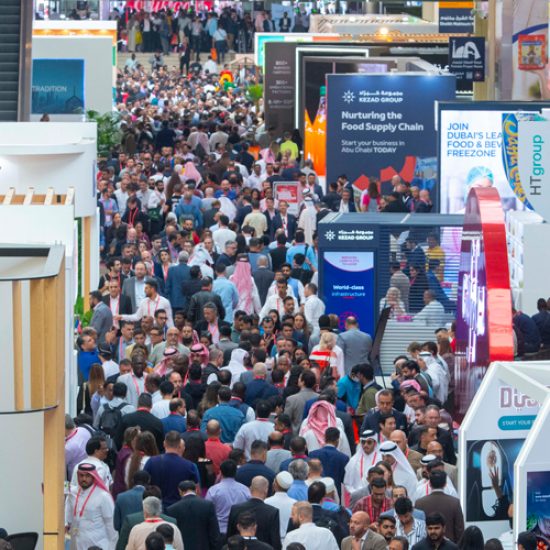MANILA The Maoist-led New People’s Army (NPA) has engaged in guerrilla warfare in the Philippines for nearly five decades, with more than 40,000 people killed in a conflict that has stunted growth in resource-rich areas.
Following is a look at the background of one of the world’s longest-running communist insurgencies.
– Jose Maria Sison, a political science professor, founded the Communist Party of the Philippines (CPP) in December 1968 and three months later, its military arm, the New People’s Army, was formed in a sugar plantation north of Manila.
– The late dictator Ferdinand Marcos cited the growing threats from the Maoists as among the primary reasons for imposing martial law in 1972, allowing him to stay in office beyond the maximum two terms as president.
– After Marcos was ousted by a military backed-popular uprising in 1986, the President Corazon Aquino started negotiations with the communist rebels, agreeing to a ceasefire.
– Peace talks collapsed and the ceasefire ended in 1987 after police in Manila opened fire on farmers calling for land reform. Founder and leader Sison fled to the Netherlands and sought asylum.
– At the height of the communist insurgency, the NPA had 25,000 fighters operating in about a quarter of the 40,000 villages in the Philippines, most in the eastern seaboard.
– Purges in the rebel movement and ideological conflicts surfaced in the early 1990s, leading to the fragmentation of the CPP into seven factions. Sison’s faction was dominant.
– That breakup, the growth of the economy under President Fidel Ramos, and inroads on the battlefield by the military saw the NPA’s manpower trimmed from 25,000 to 3,000 fighters now.
– Efforts to revive peace talks under President Benigno Aquino’s 2010-2016 rule stalled when the rebels demanded that political prisoners be freed.
– His successor, Rodrigo Duterte, freed senior rebel leaders to jumpstart talks and end the rebellion after agreeing to political, economic and social reforms. Both sides announced unilateral ceasefires in August.
– The truce faltered, with both sides trading accusations of ceasefire violations. The rebels abandoned their ceasefire on Wednesday and Duterte said the government would follow suit on Friday.
(Compiled by Manuel Mogato; Editing by Robert Birsel)




